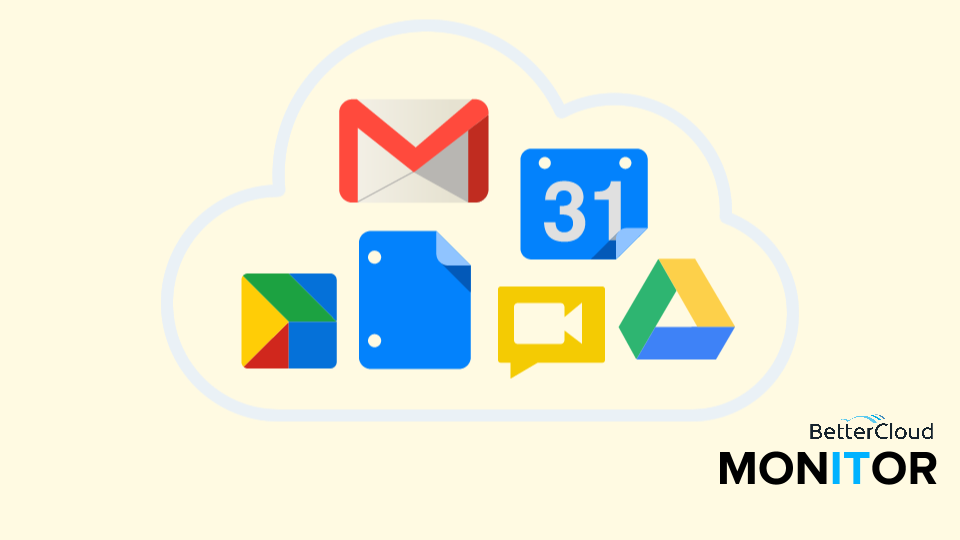7 Things to Know About Organizational Units in Google Apps
2 minute read

Now that you’ve made the transition to Google Apps, it’s time to get your Google Apps set up up and running! If you’re an admin at a decently sized domain you may need to have several organization units set up within your Google Apps account.
Wait, what are organizational units?
Organization units are the building blocks of how your organization will use its Google Apps account, and it’s the way access is divided up amongst users. The organizational unit determines which service a person may access and which services are off limits.
Here are the seven essentials of what you need to know when it comes to organizational units and how to use them:
1. Every Google Account belongs to the same organizational unit, initially.
All accounts connect to a single organization unit. This translates to mean that every account can access the same set of apps. Everyone has the same configuration.
2. Administrators can create new organizational units in an effort to provide access to different services for different groups.
For example, a school might create “Faculty,” “Staf,f” and “Student” organizational units in an effort to give each group access to different sets of Google Apps services.
3. Organizational units can be configured to the scale of the company and based off a variety of reasons such as location, divisions, and preferred settings.
For example, employee groups in different locations of the world might require different settings.
4. When creating new organizational units it’s important to remember that by default a new organization unit inherits the settings of its parent organization unit.
Changes made to the parent unit will be inherited by the child organization unit; however, changes made to the child organizational unit settings do not affect accounts in the parent organizational unit.
5. Keep it simple.
You should create as many organizational units as necessary but as few as possible. Create a new organizational unit only when you identify a group of users that must have different access to services or settings than other users. Don’t configure an organization unit unless you must.
6. It’s possible to create an organization unit that includes a single account BUT that should be a rare event and NOT standard practice.
7. Domains are unrelated to organizational units.
This might be sort of confusing since Google Apps supports multiple domains within a single Google Apps enterprise account. However, additional domains added to Google Apps may be configured either as a domain alias or as a separate domain. When configured as separate domains, the accounts are separate. These account addresses are unrelated to the organization unit to which each account belongs. Basically all accounts are part of the same organizational unit unless a Super Administrator comes along and configures the units differently!





